2010. 8. 20. 16:28ㆍReport/Sports
2010 국제마상무예학술세미나 중에서
By J.Munkhjargal(President, Mongolia Horseback Archery Association)
History of Mongolian Horseback Archery and Mongolian Horseback Archery Association
The bow and arrow plays a major role in the historical development of human civilization. The simple Havchaahai bow has been used in many ancient societies all over the world. One ancient petroglyph from the Mesolithic era found in the Sagil district of the Uvs province illustrates the use of a bow and arrow in Mongolia.
Mongolian history is inseparably linked with horseback archery. Arrows are therefore one of the most important tools in traditional Mongolian lifestyle.
Starting from the year 1000 B.C. Mongolians made bows using antlers. The most sophisticated bows evolved during the 13thcentury when Mongolians created and used amore modern bow that gave Mongolians ahuge military advantage against their enemies.
During the 13thcentury under the leadership of Gengh is Khan, Mongolia had asignificant impact in global hi story with the help of the essential forces such as soldiers skilled in horseback archery.
From a young age, the children of the nomadic Mongolians were trained in horseback archery. Children were regularly trained to shoot leather balls in activities such as rabbit hunting. This became part of their cultural lifestyle and provided aid in securing and protecting livestock from wild beasts.
Out of necessity at that time, Mongolians considered thirteen year old boys as matured men who could regularly be trained as soldiers. Under these conditions, archery became a highly developed art, and Mongol horseback archers became powerful warriors who were recognized and admired throughout the world. This era is considered to be a peak period in the history of horseback archery.
In 1225, Genghis Khan’s grandson Esukhei is known to have shot a target from a distance of 596 meters—a world record that is still unbeaten today. A monumental stone which proves this record is preserved by the Hermitage Museum in Saint-Petersburg, Russia. Importantly, this stone monument is the very first documented sports record in history.
Three types of bows were only used by the Mongolian Army and by Mongolian horseback archers during Genghis Khan’s time:
1. A sacred bow used by archers with great accuracy
2. A more refined bow used by outstanding soldiers
3. A bow used by ordinary soldiers
These were extraordinary bows; even a normal bow used by an ordinary soldier had draw weight of at least a 29 kg. More powerful soldiers used a bow (preserved and displayed in various international museums today) made of steel-metal that boasted a draw weight of 70-80kg. Such a bow was lifted by at least two people for use.
Mongolians make arrows for many different purposes but generally they can be divided in three different types:
1. Arrows made for battle purposes: pin-pointed heads that can penetrate metal armor.
2. Arrows made for hunting purposes: fork-pointed heads for fishing and flat-pointed heads to bounce back on the surface of the water etc.
3. Ball-pointed arrows for competition, bone-pointed for worn through.
Meanwhile, specific characteristics of Mongolian horses played a crucial role in the development of the horseback archery. Mongolian horses had specific measurements: a withers height of 135 cm, body slanting height of 140cm, chest waist of 163-170 cm, and a weight of 350kg.
Up until now the main features of Mongolian horses are that they can reside in a pasture for four seasons except at the time producing milk.
Mongolian horses can go on several days without food, they recuperate quickly and they reach speeds of up to 60km per hour.
Trained horses can cover the distance of 30 km in about a half-hour. Mongolian horses are small in size which is suitable for horseback archery. The have strong endurance, are very flexible, and are among the fastest and strongest horses in the world.
These features allowed Mongolian soldiers to shoot from both the right and left side and to accomplish abrupt-turn shooting.
During the Khunnu era, Mongolians used more than 300 thousand horseback riders in battle. Horseback archery was used extensively during Genghis Khan’s conquest of Asia and Europe.
Mongolian horseback archery has contributed to three major developments in the history of the world horseback archery:
1. The development of antler bows and arrows during the 13thcentury
2. The development of arrow cases in the 5th and 6thcenturies
3. The introduction and use of stirrups for horseback riding
Therefore horseback archery has become a culture that will remain central in traditional Mongolian life. Unfortunately, this long-established culture was almost forgotten during 20thcentury.
Horseback archery was a main root of Mongolian power. However, during under Manchu’s regime, Mongolians were forced to abandon this cultural heritage. In addition, the development of firearms nearly destroyed the customs of the archery. Nevertheless, even though the control of the Manchu’s period restricted the use of horseback archery, only allowing archery during the Naadam Festival, people have kept the culture alive through the practice of shooting leather balls while hunting in more rural provinces.
The traditional culture of the archery nearly disappeared in the 20thcenturywhen archery became a competition for exhibition only during festival seasons.
The opportunity to redevelop archery arose at the end of the 1990s during the revolution of the democracy.
In 1997 Mongolians started supporting all their traditional customs and these efforts have been going on present.
Note that No rules and regulations of Mongolian competition were provided.
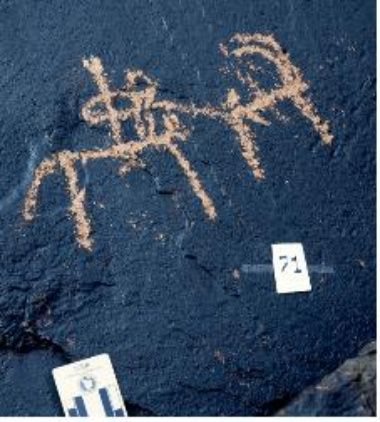
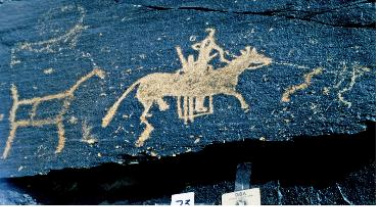
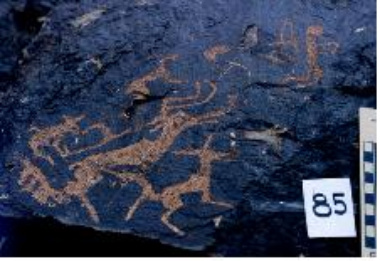
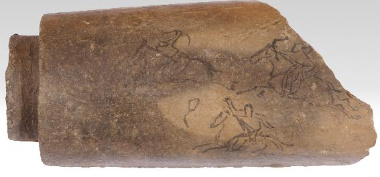
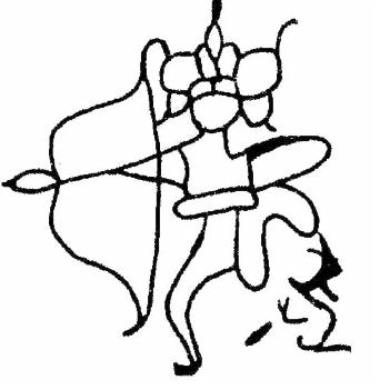
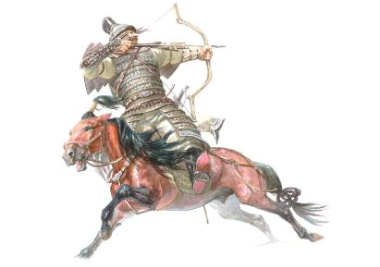
'Report > Sports' 카테고리의 다른 글
| 삼성전자 임직원의 여가방법은? (0) | 2010.08.28 |
|---|---|
| 김연아의 고민은? (0) | 2010.08.25 |
| 인기스포츠란? (0) | 2010.08.18 |
| 여자축구의 설움 (0) | 2010.08.07 |
| 힘겨운 월드컵 심판 (0) | 2010.06.29 |